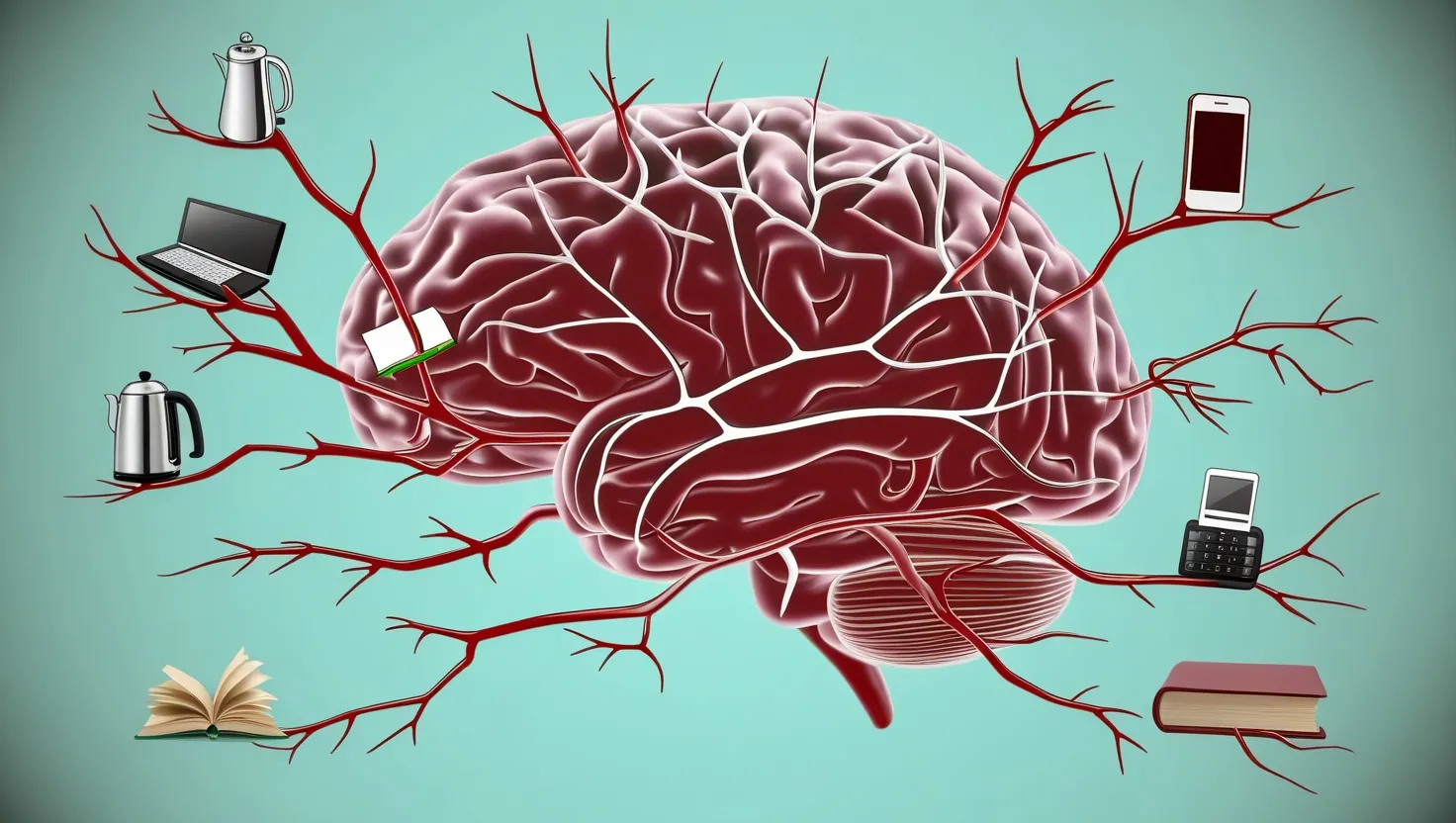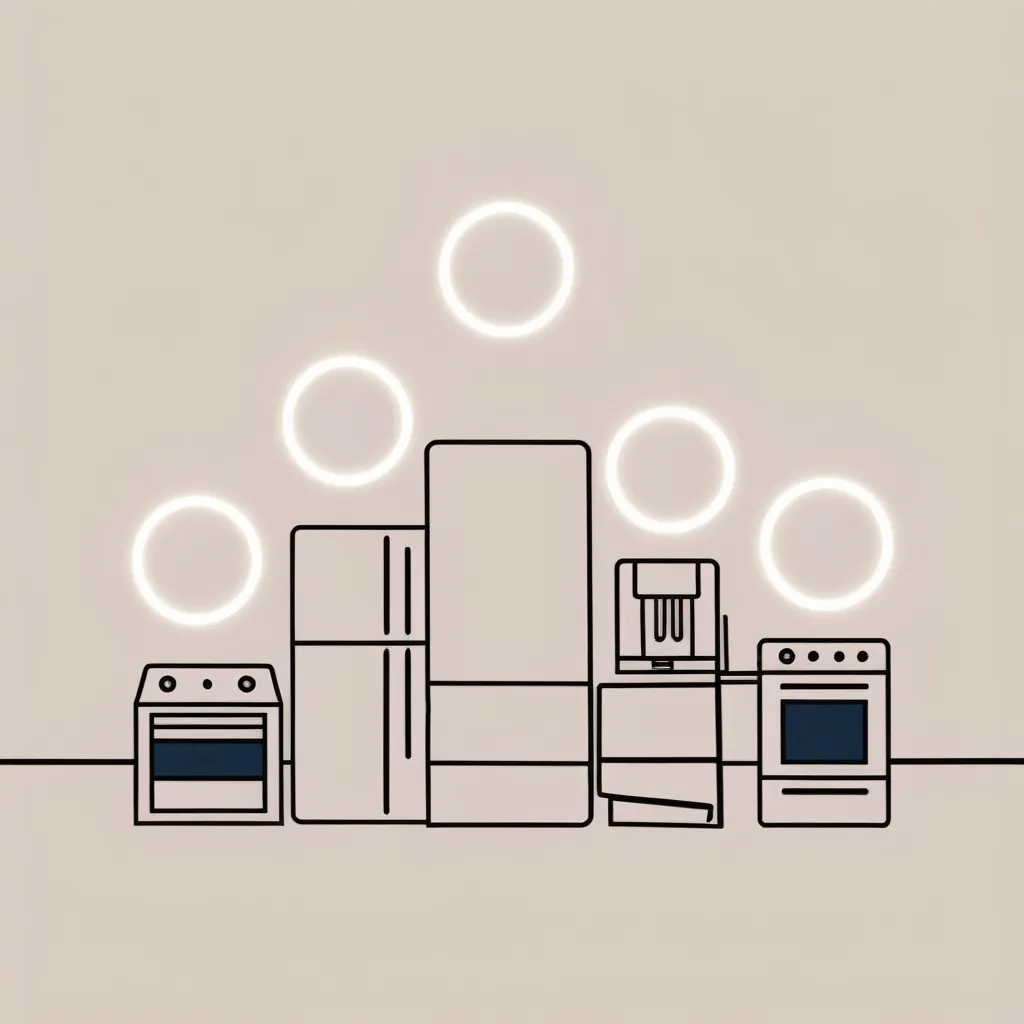Imagine a life where small, almost imperceptible actions can cumulatively lead to significant, life-altering changes. This concept, which we can call “neuroplastic habit fusion,” leverages the brain’s incredible ability to rewire itself in response to new experiences and habits. It’s not about setting grand, lofty goals or adhering to strict routines; instead, it’s about integrating tiny, effortless behaviors into your daily routine.
The Power of Neuroplasticity
Our brains are far more adaptable than we often give them credit for. Neuroplasticity, the brain’s capacity to change and adapt, is a lifelong process. This means that every experience, no matter how small, alters the brain’s organization at some level. For instance, when you learn a new skill or adopt a new habit, your brain forms new connections between neurons and even generates new neurons through a process called neurogenesis[4][5].
Micro-Behaviors: The Building Blocks of Change
The key to neuroplastic habit fusion is identifying these micro-behaviors. These are small actions that you can easily incorporate into your daily life without feeling overwhelmed. For example, you might pair taking a few deep breaths with checking your phone or associate stretching with boiling the kettle. These actions may seem trivial, but they are the foundation upon which more significant habits are built.
Linking New Habits to Existing Ones
To make these micro-behaviors stick, you need to link them to habits you already have. This is where the power of association comes into play. By connecting new behaviors to existing routines, you create a web of positive actions that grow stronger over time. For instance, if you always check your phone as soon as you wake up, you could add a micro-behavior like stretching or doing a quick meditation. Over time, these actions become intertwined, making the new habit feel natural and effortless.
The Role of Repetition
Repetition is crucial in neuroplastic habit fusion. The more you perform these micro-behaviors, the stronger the neural pathways associated with them become. This process is based on the principle of “Hebbian plasticity,” which states that “neurons that fire together, wire together.” Essentially, when you repeatedly perform a new action alongside an existing habit, the connection between the neurons involved in these actions strengthens, making the new behavior easier to adopt[4].
Connecting with Your ‘Why’
Behind every goal or habit, there is a deeper motivation – your ‘why.’ This is the driving force that gives your actions meaning and purpose. By connecting with your ‘why’ every day, you create a powerful source of motivation that helps you stick to your new habits. For example, if your ‘why’ is to feel more energized and focused throughout the day, linking your morning coffee to a short exercise routine can make this goal more achievable and meaningful[3].
The Impact of Hormones and Environment
Your environment and hormonal balance also play significant roles in neuroplasticity. For instance, sex hormones like estrogen and testosterone can influence synaptic transmission and connectivity in the brain. Physical exercise, which can regulate hormone levels, is particularly beneficial in promoting brain health and neuroplasticity. Additionally, environmental factors such as cognitive stimulation, socialization, and even diet can affect how your brain adapts and changes[2].
Overcoming Challenges
One of the most significant challenges in adopting new habits is the initial resistance. Our brains often default to what is familiar, making it hard to break old patterns. However, by starting small and focusing on micro-behaviors, you can gradually shift your brain’s default mode. This transition from your old self to a new, healthier version of yourself is not about willpower but about smart design. It’s about turning everyday moments into catalysts for transformation.
Real-Life Examples
Let’s consider a practical example. Suppose you want to improve your physical health but find it hard to commit to a rigorous workout routine. Instead, you start by linking small physical activities to your daily habits. For instance, every time you boil the kettle, you do a few squats or stretch your arms. Over time, these small actions become second nature, and you find yourself more inclined to engage in more significant physical activities.
Another example could be improving your mental health. If you struggle with anxiety, you might link deep breathing exercises to checking your phone. Every time you reach for your phone, you take a few deep breaths. This simple action can help reduce stress and make you more mindful throughout the day.
The Cumulative Effect
The beauty of neuroplastic habit fusion lies in its cumulative effect. These small actions, when combined, create a powerful web of positive behaviors that can transform your life. It’s not about making big changes all at once; it’s about the small, consistent efforts that add up over time.
Sleep and Cognitive Function
Sleep and cognitive stimulation are also critical components of neuroplastic habit fusion. Good sleep hygiene helps in consolidating new neural pathways, making new habits feel more natural. Cognitive stimulation, whether through reading, puzzles, or learning a new skill, keeps your brain active and adaptable. For example, if you’re learning a new language, you might link practicing a few words to your daily commute. This consistent stimulation can enhance your cognitive function and support the formation of new habits[2].
Non-Pharmacologic Strategies
In addition to micro-behaviors and environmental factors, non-pharmacologic strategies can significantly promote neuroplasticity. Physical exercise, for instance, is known to enhance neurogenesis and synaptic plasticity. Cognitive stimulation and socialization also play crucial roles in maintaining brain health. Even something as simple as a balanced diet and caloric restriction can have positive effects on neuroplasticity[2].
Personal Growth Through Smart Design
Personal growth in the context of neuroplastic habit fusion is not about grand gestures or monumental changes; it’s about smart design. It’s about turning everyday moments into opportunities for transformation. By linking small, effortless actions to your existing habits, you create a system that supports continuous improvement without the need for extreme willpower or discipline.
Conclusion
In the world of neuroplastic habit fusion, big changes emerge organically from a tapestry of tiny, interconnected actions. This approach to personal growth is rooted in the brain’s incredible ability to adapt and change. By understanding and leveraging neuroplasticity, you can reshape your life one small step at a time, making positive habits feel natural and effortless. So, the next time you boil the kettle or check your phone, remember that these moments are not just routine; they are opportunities for transformation.






